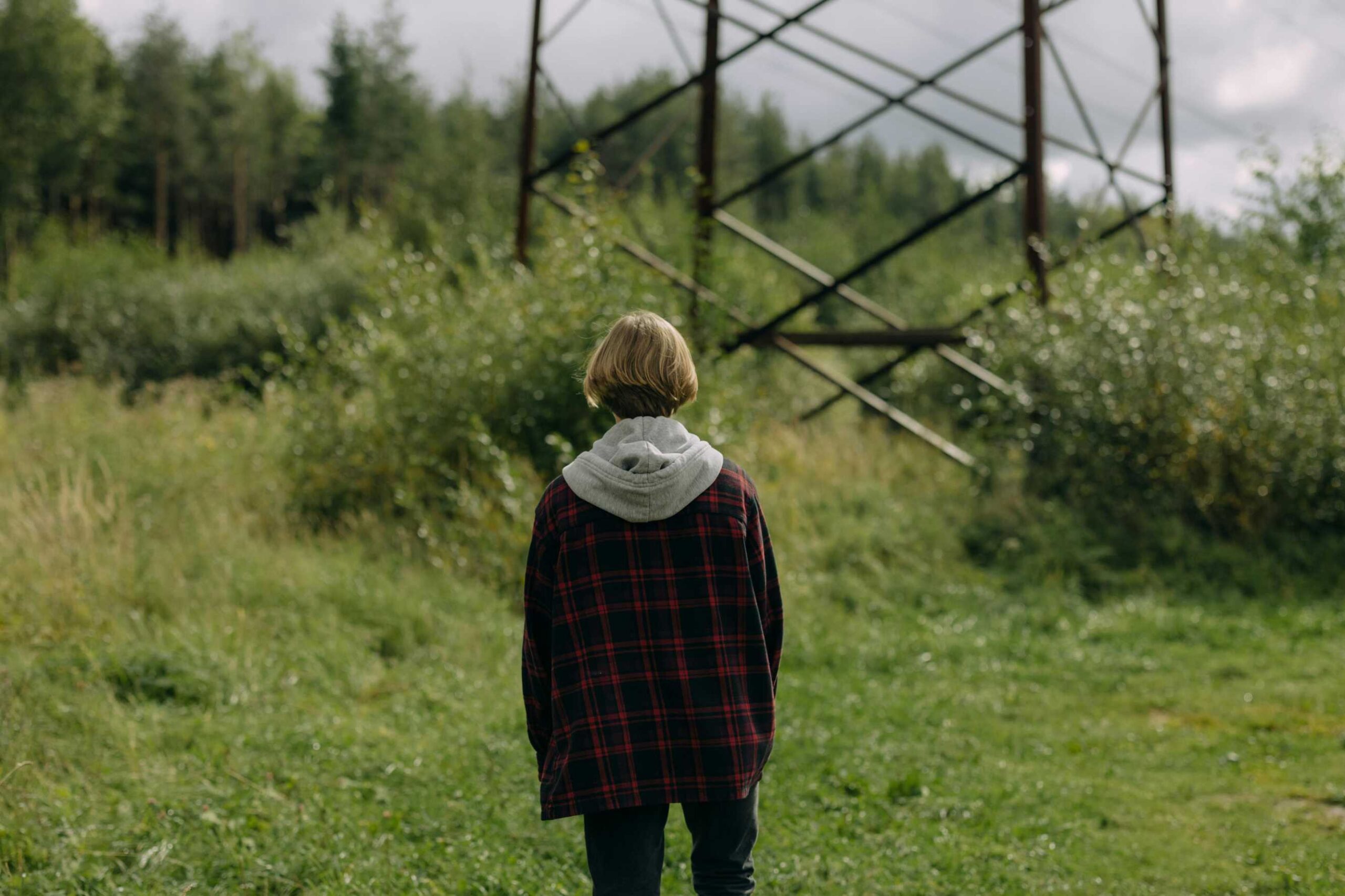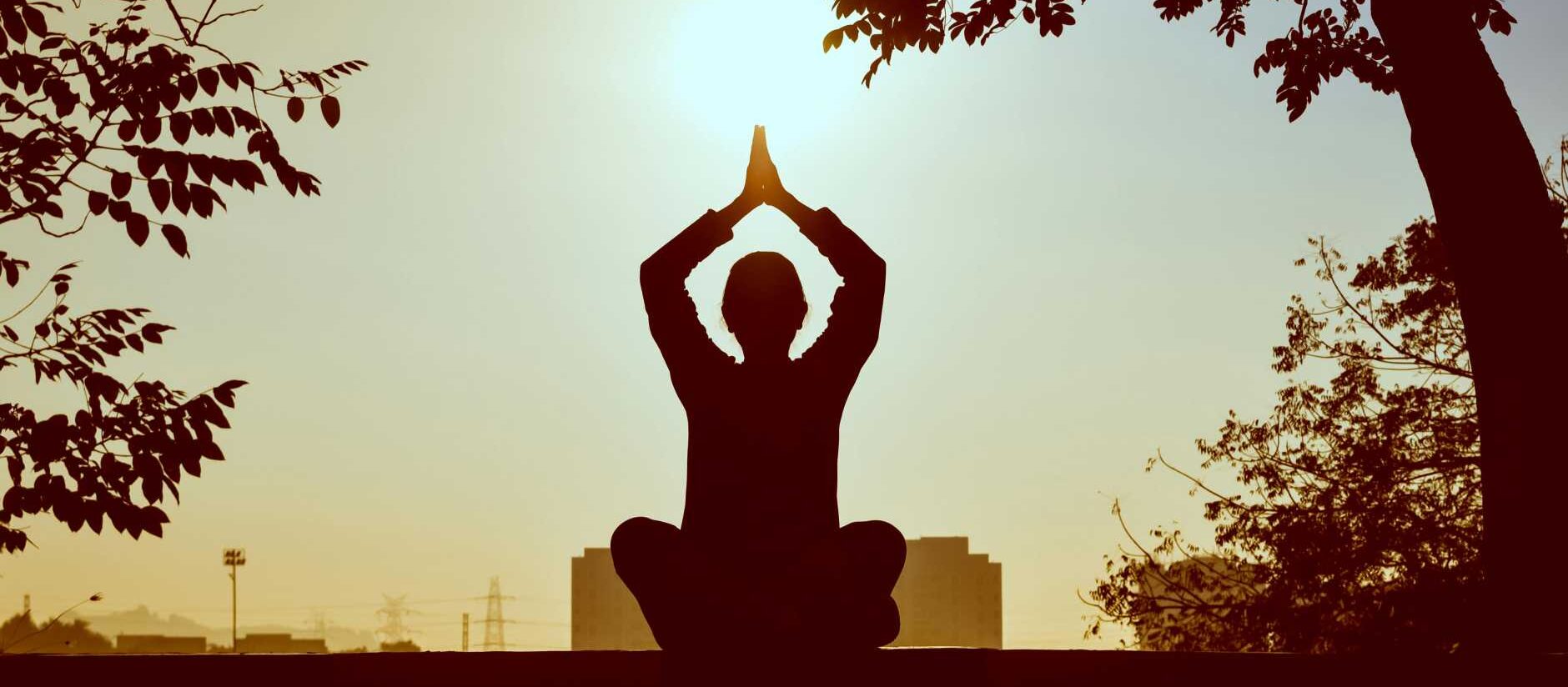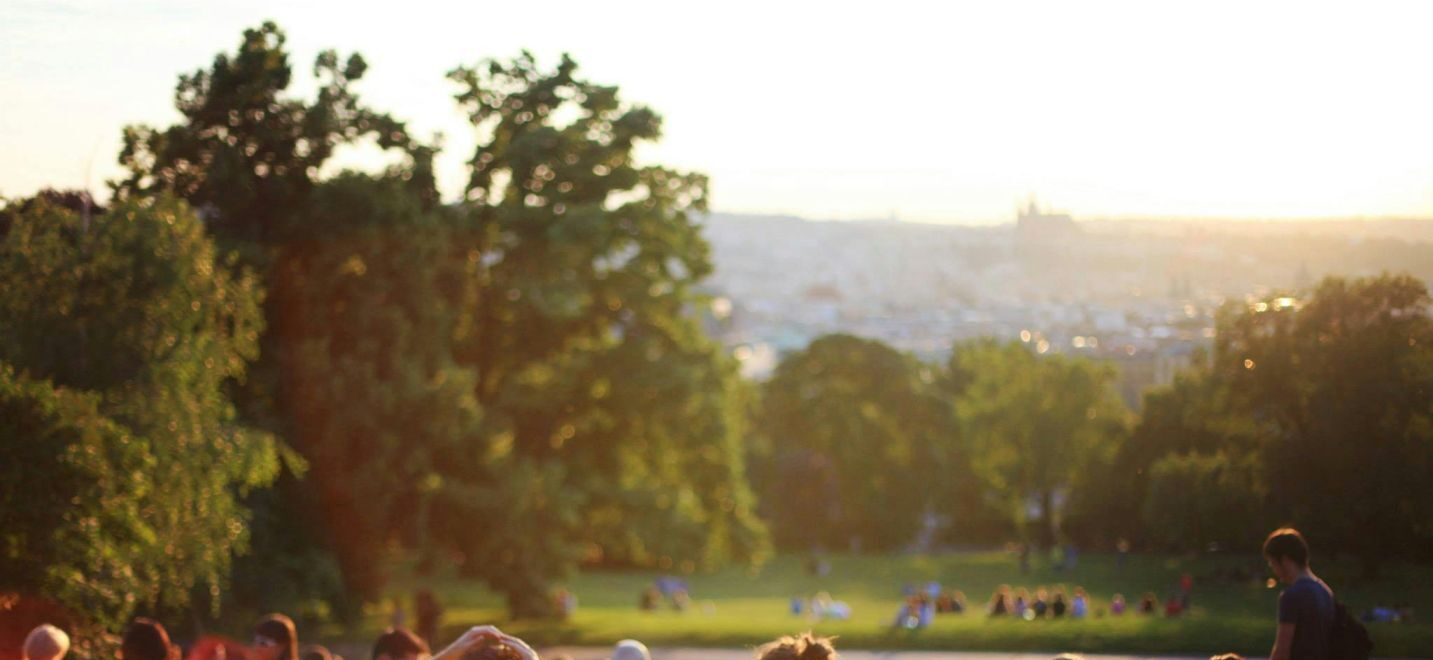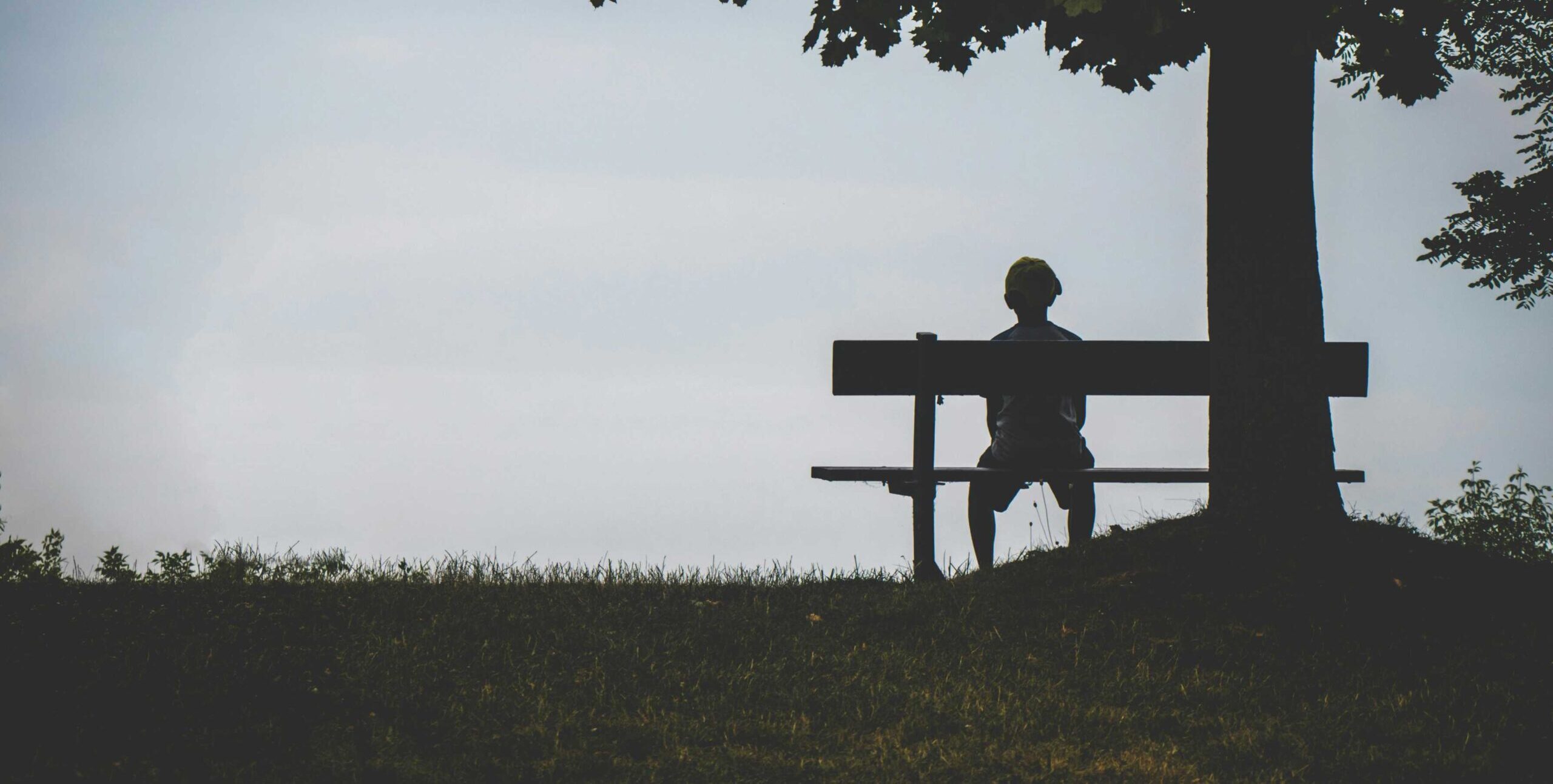You’re scrolling. Again. Your screen is a rainbow of friends, family, and acquaintances living what looks like their best lives. There’s a party you weren’t invited to. A vacation you’re not on. An inside joke you don’t get.
As soon as you close the app, the room is filled with deafening silence.
Suddenly feeling hollow behind the ribs? That quiet ache of being together, yet completely alone? You’re not imagining it. You’re not broken. But you’re a human being living through a public health crisis.
The U.S. Surgeon General recently dropped a bombshell report. It declares loneliness an epidemic with a mortality rate comparable to smoking 15 cigarettes a day. Let that sink in.
This blog post isn’t about being antisocial or not having a robust Instagram following. This is a deep, biological hunger for something which is slowly becoming out of reach for the modern world: real, authentic, face-to-face connection.
This blog clears the picture on the new epidemic of loneliness. We’re going to cut through the nonsense, understand the why, and see how we can achieve the goal. It will also consist of how we got here, how it’s hurting, and how we can fight our way back to each other.
What Loneliness Really Is (It’s Not What You Think)
Let’s understand, loneliness is not the same as being alone.
Solitude can be a peaceful, creative, and restorative experience. But loneliness is a state of distress. It’s a painful gap between the social connections you have and the social connections you need.
This feeling is hardwired into us since evolution. In ancient times, death was certain when being separated from the tribe. Hunger made you find food. Thirst made you look for water. Loneliness was a biological alarm that screamed, “Find your people! Your survival depends on it!”
Your brain and body still react the same when loneliness enters your life. But the modern world has snoozed the alarm with digital notifications and superficial likes. This somehow left us chronically disconnected from the surroundings.
Understand that loneliness is a subjective feeling. You can have hundreds of followers and still feel lonely. You can have a few close friends and still feel deeply connected. It’s not about quantity but the quality and depth of interactions.
Whenever the alarm rings, it’s not a sign of failure. It’s a signal that the proven ancient wiring is trying to get your attention. It tells you that your fundamental human need is unmet. Ignoring it is like ignoring the pain caused due to a starving hunger. The consequences are severe and lead to a loneliness epidemic.
How We Got Here: The Four Horsemen of the Loneliness Epidemic
Blaming social media is too easy. It’s a symptom, not the disease. The roots of this crisis are tangled deep in the fabric of modern life. We’ve built a world that is fundamentally at odds with our social nature.
1. The Death of the ‘Third Place’
Your first place is home. Second is work. The ‘third place’ is the pub, the community center, the church basement, the library, or the barbershop. The neutral ground where you can be with others without a formal agenda or the pressure to perform.
These places have been declining for decades, killed by suburban sprawl, digital entertainment, the rise of chain stores that lack a local soul, and the simple fact that we’re all too damn busy and broke. Our time is monetized. Unstructured, idle time to just “hang out” is seen as unproductive.
We have nowhere to belong anymore. Nowhere to run into the same familiar faces week after week, building relationships slowly and organically. The decline of the third place has ripped a crucial piece of social fabric from our lives.
2. The Remote Work Paradox
Working in pajamas is a privilege. The flexibility is incredible. But it made us sacrifice the micro-moments that build social muscle. We don’t feel the mutual connection with our teammates.
We are no longer able to make that stupid joke by the coffee machine, have a venting session after a tough meeting, say an unplanned hello in the hallway, or pop around a colleague’s desk for a quick question. These tiny interactions are the social neurotransmitters of an organization. They build trust, foster collaboration, and make us feel part of a team.
Without them, work can become purely transactional. You log in, do your tasks, and at the end, log off. Your colleagues become avatars on a screen. This doesn’t just impact productivity; it starves us of a major source of daily adult interaction.
3. The Cult of Hyper-Independence
We worship the self-made individual. “I’ll handle it myself” is a badge of honor. Asking for help is often seen as weakness or neediness. A narrative has been set that to be strong is to be entirely self-reliant.
This is a profound and dangerous lie. Humans are not designed to be islands. We are interdependent pack animals. We are wired to co-regulate our nervous system, sharing burdens and celebrating together. This culture of hyper-independence isolates us at our most vulnerable moments. This makes us feel ashamed to ask for help, admit we’re struggling, or simply say, “I miss you.”
It tells us that connection is a luxury when, in fact, it is a biological necessity.
4. The Comparison Trap Engine (a.k.a. Social Media)
Ah, yes. The algorithm. These platforms are not designed for connection; they’re designed for performance and consumption.
You’re not having a shared experience. Instead, you’re broadcasting a curated one and consuming the curated broadcasts in return. Every time you open the app, it feels like a performance review. You’re comparing your gritty, messy, behind-the-scenes reality with someone’s made-up reel highlight.
It’s a recipe for feeling inferior and completely left out in the rat race. Why is everyone else traveling, thriving, and surrounded by friends while I’m here on my couch? The answer is, they’re not. You’re witnessing the best 1% of their lives. This constant, low-grade comparison creates a pervasive sense of social anxiety and inadequacy, adding petrol to the fire of the loneliness epidemic.
Your Body affected by the Loneliness epidemic: The Shocking Physical Toll
If you think loneliness is “all in your head,” think again. This is where the conversation gets serious. Chronic loneliness triggers a relentless fight-or-flight response, ravaging the body inside out. This isn’t psychosomatic but physiological. Symptoms of loneliness in the body:
The Stress Response: Your Body on High Alert
Your brain activates the same primordial defense system as being chased by a tiger when it perceives social isolation as a threat. The hypothalamus kicks in, flooding the system with stress hormones, primarily cortisol.
This is useful momentarily, that is, when you need to outrun a tiger. It’s catastrophic when the feeling becomes persistent. You’re living with a tiger constantly, which is secretly marching in the periphery of your mind. Loneliness destroys your health in this state of chronic stress and inflammation.
- Your Brain on Loneliness: The constant release of cortisol is neurotoxic. It damages cells in the hippocampus, a brain region critical for learning and memory. It also impairs the prefrontal cortex, which governs decision-making and emotional regulation. This combination increases the risk of clinical depression and anxiety disorders and accelerates the progression of Alzheimer’s disease and other dementias. Also, loneliness increases the risk of dementia by 40%.
- Your Heart on Loneliness: The inflammatory chemicals running throughout the body are similar to sandpaper scraped against the delicate lining of blood vessels. This leads to plaque buildup (atherosclerosis), high blood pressure, and hardened arteries. Chronic loneliness increases the risk of coronary heart disease by 29% and the risk of stroke by 32%. Your heart is breaking from a lack of emotional connection.
- Your Immune System on Loneliness: This is perhaps the most insidious effect. Chronic stress initially creates inflammation, but over time, it exhausts your immune system. It’s like a wolf crying for too long. Your body’s defenses stop responding appropriately. You become more susceptible to every virus that comes your way (ever get sick when you’re super stressed?). Research shows lonely people have a poorer response to vaccines and a harder time fighting off infections and even cancer cells. In this epidemic of loneliness, your body’s defenses are on constant alert, eventually burning out.
- Your Lifespan on Loneliness: The data is unequivocal and horrifying. A seminal meta-analysis reviewing decades of research found that loneliness can increase your risk of premature death by 26%. Let me be blunt: loneliness kills. The mortality risk is the same as that of obesity and consuming a pack of cigarettes every day.
To survive the epidemic of loneliness, connections are very important. Prioritizing connection isn’t just about feeling better but also about survival. It is as important as a healthy diet, exercise, and sleep.
The Reconnection Prescription: A Multi-Layer Roadmap
Understanding the problem is step one. Now, let’s build. To beat loneliness, you require action on every level, starting right where you are. This isn’t about a quick fix; it’s about a fundamental rewiring of your life towards connections.
Layer 1: The Micro-Actions (What You Can Do TODAY)
Forget grand gestures. Connection is built in tiny, consistent moments. Start here. Right now.
- Prioritize Quality Over Quantity: One real, vulnerable conversation is worth a thousand “LOL” reactions. This week, pick one person. Text them this: “I’ve been thinking about you. How are you, really?” Then put your phone down and wait. When they answer, listen. You don’t need to be a problem solver. Just be present. This single act can change the course of a relationship.
- Embrace the ‘Weak Tie’: Your social universe isn’t just your inner circle. It’s the barista who knows your order, the neighbor you wave at, and the person you see every week at yoga. These may have gone unnoticed, but they create a powerful sense of self-belonging. Make a point to talk to them. know their name. Compliment their dog. These micro-interactions remind the nervous system that you are part of a community. This practice is effective for a deeper connection.
- Be the Architect, Not the Guest: Stop waiting for an invitation. You are the planner. Take the mental load off others. The magic phrase is “I’m going to do [X] on [day] at [time]. Want to join?” It’s low-pressure and specific.
- “I’m going to try the new coffee shop on Saturday morning at 10.”
- “I’m going to hike the Cedar Trail on Sunday afternoon.”
- “I’m going to see a new movie on Thursday night.”
This removes ambiguity and makes it easy for people to say yes.
- Delete Your Way to Connection: Your digital environment matters. Try a “social media safari.” For one week, notice how you feel during and after you scroll. Does it drain you or not? Does it inspire you or make you feel inadequate?. Unfollow accounts that trigger comparison. Mute people who drain your energy. Actively follow accounts that inspire genuine connection, joy, and belonging. Your feed should be a garden instead of a weed field.
Layer 2: Building Deeper Connections (The Art of Vulnerability)
This is scary but important. This is how you turn acquaintances into allies.
- Swap Stories, Not Stats: Move beyond formal questions. “What do you do?” is boring. Dig deeper.
- “What’s something you’re nerdy passionate about?”
- “What was a highlight of your week?”
- “What’s the challenge you’re working on?”
These questions encourage people to share a piece of their soul and escape the loneliness epidemic.
- Practice Reciprocal Vulnerability: Trust is built in layers. Share something small and slightly personal. “I’ve been stressed about the work lately.” See how they respond. If they handle it gently, relating well, and not judging, then for sure they’ve earned a bigger share for next time. “Yeah, my boss has been micromanaging. It’s making me doubt myself.” This is a creative way of building deep trust.
- Listen to Understand, Not to Respond: This is the most powerful skill. The only thing you need to do is to understand people when they’re talking.
- Put your phone away. Out of sight.
- Make eye contact.
- Nod.
- Ask follow-up questions. “How did that make you feel?” “What happened next?”
- Don’t immediately jump in with your own story. Just listen.
Making someone feel like they’re the only person in the world for five minutes is an act of improving connection. It is a superpower.
Layer 3: For Communities & Workplaces (Building Belonging)
If you lead a team, a community group, a book club, or a family, you have power. You can be a builder of third places.
- Create Third Places: Select places that are eligible for building connection hubs.
- At work: Dedicate a weekly 30-minute virtual coffee chat with a silly icebreaker question and a strict “no work talk” rule.
- In your neighborhood: Start a monthly potluck. Host a game night.
- With friends: Start a book club, a running group, or a cooking club. The activity is just the excuse; the connection is the point.
- Normalize Needs: Vulnerability is contagious. In your next meeting, try: “My energy is a bit low today, just a heads up.” Or “I felt really nervous about that presentation.” This permits everyone else to be human. It dismantles the myth of hyper-independence right there in the Zoom room.
- Foster Rituals: Rituals create predictable touchpoints of connection we can all rely on. A weekly team lunch. A Friday evening walk with a friend. A nightly phone call with your parents. These rituals become the anchors of our social lives.
Layer 4: The Big Picture (A Society That Connects)
We need to start valuing social health as we value physical and economic health. This requires a cultural shift.
- Design for Connection: Cities should be designed with walkable streets, accessible public parks, and community centers. A city’s architecture should encourage interactions.
- Policy for People: Public policy needs to prioritize mental health, fund community programs, and support parental leave. Flexible work is also important for people to invest time in relationships.
- Education for Emotion: Schools should promote teaching social and emotional skills alongside math and science. Kids need to be taught how to communicate, resolve conflicts, empathize, and build healthy relationships. This is the vaccine against the next loneliness epidemic.
Conclusion: Your Next Right Step
The epidemic of loneliness didn’t start overnight and won’t be solved in a day. We don’t need to be overwhelmed by the fast-spreading problem.
The solution is built in the smallest of moments. It’s built with every single, tiny, courageous choice to reach out.
That hollow feeling behind your ribs? It’s not a life sentence. It’s a compass. The ancient survival instincts are pointing you towards making life worth living. A life filled with real, messy, imperfect, beautiful, human connections.
Your tribe is out there. They might be feeling as lonely as you are. They’re waiting for a signal. A sign that it’s safe to be real.
Someone has to make the move. Someone has to be the one to say, “Me too.”
Why not you?
Pick one thing from this guide. Just one. Do it this week. That is how we start the cure.
Share this content:




